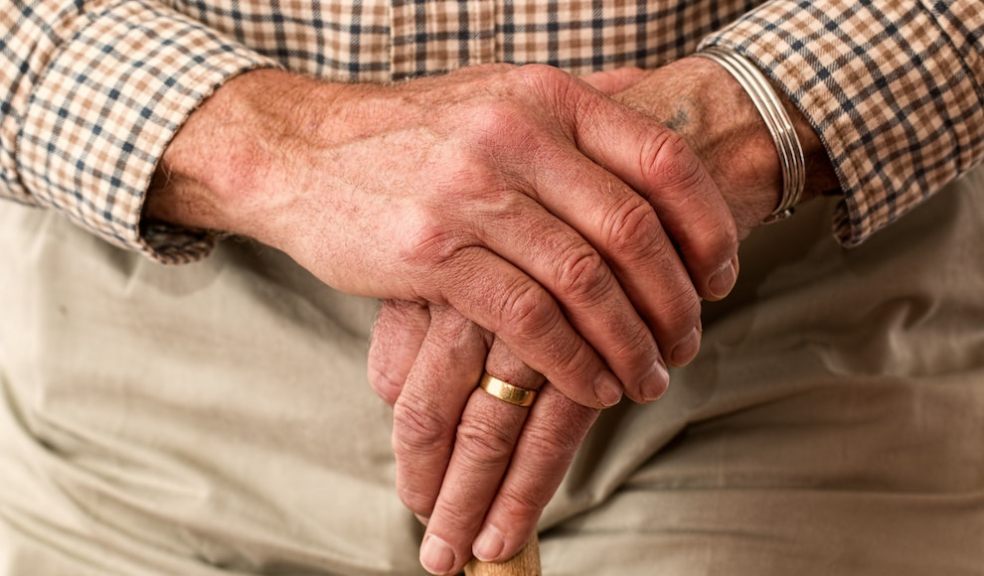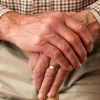
5 Pieces of Bathroom Safety Equipment All Care Homes Should Have
Regardless of the health issues an individual might be experiencing, whether the condition is minor or severe, retaining freedom and independence is essential for the elderly demographic. Not only does it benefit their mental and physical health, but it boosts their confidence, their self-esteem, a sense of purpose, and their overall quality of life.
However, there comes a time when all individuals, no matter how headstrong they might be, need a little extra help. When this fateful day comes, this is usually when the individual in question is moved into a nursing home, residential care home, or an assisted living facility which can help give them more support during their golden years.
As of this writing, there are around 430,000 individuals living in care homes across the United Kingdom – nearly a whopping half a million of the population! Due to the sheer numbers that these facilities amass and the vulnerability of the residents, those who work in the care home workforce have a duty of care towards their colleagues and residents to ensure that all are safe.
Whether a resident needs help getting in and out of bed, extra attention during mealtimes, or assistance going to the bathroom, numerous different aids will be used to ensure that the resident can go about their daily life as efficiently and safely as possible. To help you get a better idea, we outline several pieces of bathroom safety equipment all care homes should have below:
Seating For The Shower And Bath
The bathroom can be a highly hazardous area for older adults since the environment is often moist and damp, increasing the likelihood of tripping, falling, or slipping. 80% of falls at home happen in the bathroom, resulting in fall-related injuries like minor scrapes, broken bones, bruises etc. which can be highly problematic for older adults to heal.
In addition, some residents in UK care homes suffer from additional ailments that might make a trip to the bathroom even more challenging, like coordination issues, stability problems, or limited mobility. To make this more accessible for the resident and the staff member caring for them, seating for the shower or bath should be a piece of safety equipment provided in all care homes.
Bathroom seating usually comes with anti-slip rubber coverings on the feet of the chair and can be easily adjusted to suit the height of any user, making it much more straightforward for an individual to wash without the fear of falling looming in the back of their mind. Like other pieces of care equipment, bathroom seating can be purchased in various styles befitting the user.
Depending on the user's needs, you can find multipurpose shower chairs, freestanding shower chairs, and even wall-mounted shower seats that can come with a range of optional features like detachable armrests, backrests and many more. If you’d like to explore the range of shower seats available, consider looking at the care home shower chairs from NHC, where you can find an array of care equipment ranging from mats or sensors to hoists or slings.
Consider visiting their website to browse their entire product catalogue, read related blog posts, arrange a quotation etc. Or contact their team directly for specific inquiries about their catalogue and see how their innovative care solutions could help you and your team provide the best standard of care in the future.
Grab Handles
Most elderly are known for being unstable on their feet, meaning that even simple tasks like getting in and out of the bath or navigating around their room can be a bit of a chore. One way they can build up confidence while doing these tasks is by using safety equipment like grab bars, rails etc. Due to their versatile design, grab bars can be positioned just about anywhere from the kitchen to the bedroom, giving residents a little support wherever they might need it.
Whether a patient needs help getting from one side of the room to the other and uses a mixture of furnishings and grab bars to get there, or if a resident needs help lowering themselves down onto the toilet and back up once they’ve finished. Fortunately, there are a wide variety of grab bars on the market today, and they can be sourced from online marketplaces like Amazon or companies that specialise in care equipment.
Generally, grab bars can be installed with screws or adhesive suction cups, and although both options work, we recommend opting for the safest option, which is the screws. Although grab bars with suction cups are generally more cost-effective than the other options on the market, you always run the risk of one becoming unstuck, which can contribute to fall hazards and put residents in dangerous positions.
Adequate Lighting
As of this writing, more than 600,000 people in the United Kingdom have age-related macular degeneration, a condition caused by ageing that can affect the retina and cause distortion or loss of vision. Since this condition is age-related, you are more likely to encounter those affected by it in a care home than out on the street.
Therefore, it is essential that residential care homes, assisted living facilities, and nursing homes pay attention to how well-lit their premises are, especially the rooms in which residents spend the most time – like the bathroom. Individuals with vision problems will be grateful for this extra support, as showering can be particularly stressful if you have limited vision which can only increase your chances of an accident if you’re worried about it.
Since most bathrooms aren’t placed in areas that get much natural light, ensure that the toilets are as bright as they can be so that residents can see where their stepping and locate the emergency alarms should there be an emergency.
Non-Slip Mats
As we touched upon in one of our previous points, the bathroom can be one of the most dangerous areas in the house for an older adult since it is always in a constant state of dampness which can cause accidents like tripping, slipping, or falling easier. As well as installing grab bars and railings, non-slip mats can help reduce the risk of injury while using the bathroom.
It would be best if you place these inside the bath and just outside the tub where residents step to exit, as these two areas are where they will be at their most vulnerable. Much like grab handles, you can find non-slip mats available to purchase at most online and in-person stores for a very cost-effective price.
Bath Thermometers
Employees will come across various patients day in and day out in a care setting. Chances are that no two will be the same; while one might be sensitive to light, another might be sensitive to temperature – which is why a bath thermometer can be a valuable tool in your safety equipment box.
A bath thermometer ensures that the temperature of liquids isn’t too hot or too cold, as some residents might feel unwell if exposed to high/low temperatures. Additionally, some residents may have dementia or another disease that can affect how an individual thinks, remembers, or makes decisions about daily tasks, which can also make determining the correct bath temperature hard.

















